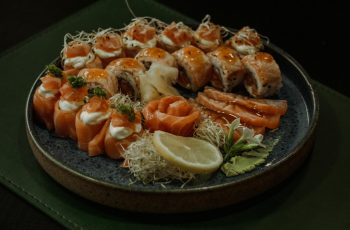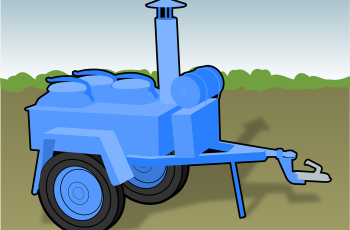Ad Blocker Detected
Our website is made possible by displaying online advertisements to our visitors. Please consider supporting us by disabling your ad blocker.
If you’ve ever wondered how long it takes to cook different meals in your stainless steel pressure cooker, look no further! This article is your ultimate guide, providing a handy cooking times chart specifically designed for stainless steel pressure cookers. From tender roasts to perfectly cooked rice, this chart has got you covered. Say goodbye to overcooked or undercooked meals and hello to perfectly timed and delicious dishes every time. So grab your pressure cooker and get ready to become a culinary genius in no time!
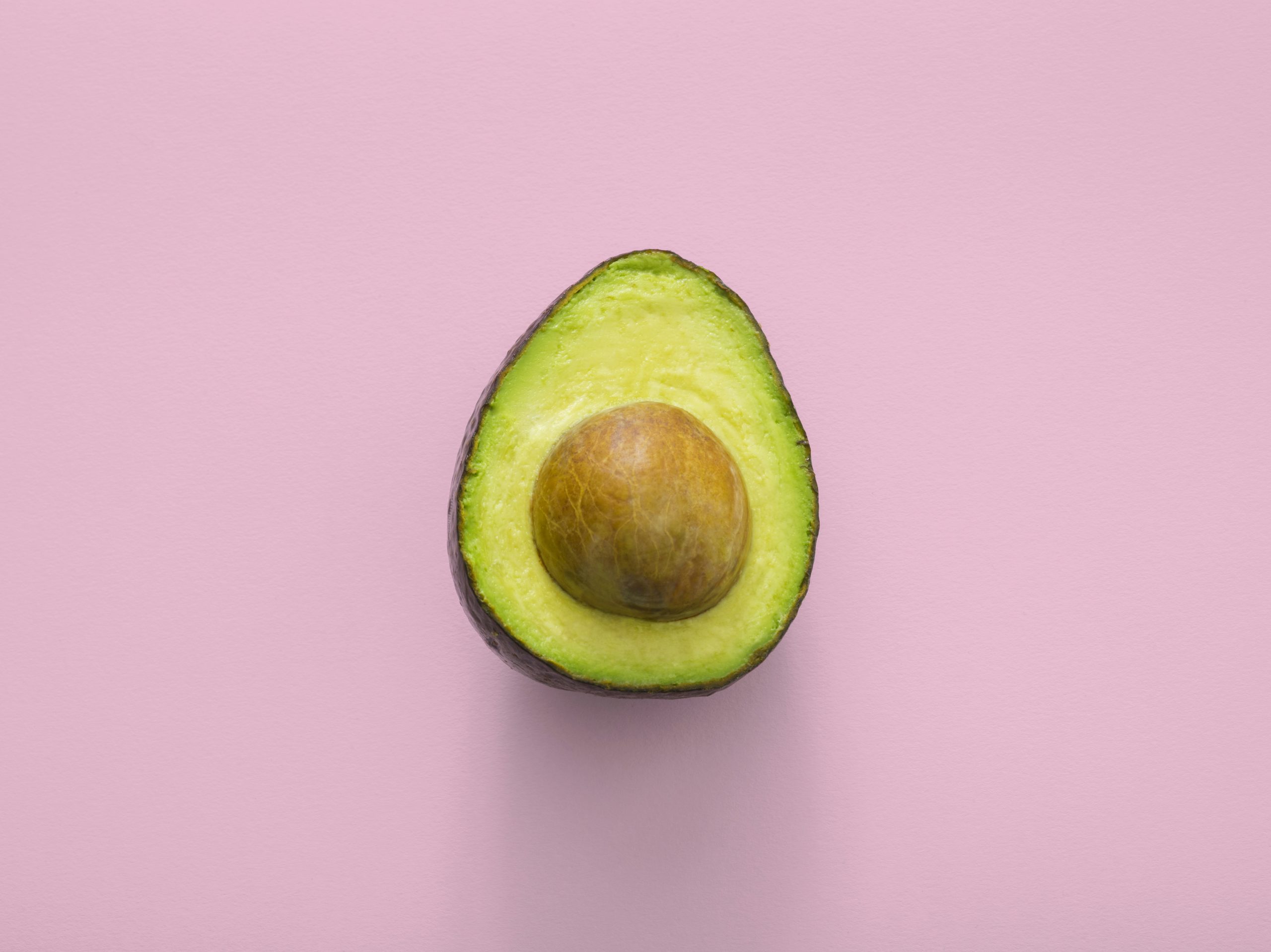
Introduction
What is a stainless steel pressure cooker
A stainless steel pressure cooker is a cooking appliance that uses a sealed container to generate steam and cook food under high pressure. This type of cooker is made from durable stainless steel material, which ensures excellent heat distribution and retention. The tight seal on the pressure cooker traps the steam inside, raising the internal pressure and allowing food to cook faster than traditional cooking methods.
Why use a stainless steel pressure cooker
Using a stainless steel pressure cooker offers numerous advantages. Not only does it save you time in the kitchen, but it also helps to preserve the nutritional value of your food. Additionally, stainless steel pressure cookers are energy efficient, allowing you to cook meals faster while using less energy. With their versatility, you can prepare a wide range of dishes, from tender meats to flavorful soups and stews.
Importance of cooking times chart
A cooking times chart is an indispensable tool when using a stainless steel pressure cooker. It provides you with accurate guidance on how long to cook different types of food. By following the recommended cooking times, you can ensure that your meals are cooked to perfection, whether you’re a beginner or an experienced cook. The cooking times chart takes into account various factors that can influence the cooking process, such as the type of food, the size and thickness of ingredients, and even the altitude at which you’re cooking. It’s a valuable resource that helps you achieve consistent and delicious results in your cooking endeavors.
Benefits of Using a Stainless Steel Pressure Cooker
Faster cooking times
One of the most significant benefits of using a stainless steel pressure cooker is the reduced cooking time it offers. The high-pressure environment inside the cooker allows food to cook up to 70% faster than traditional methods. This means you can enjoy a home-cooked meal in a fraction of the time it would typically take. Whether you’re preparing a hearty stew or a tender roast, the stainless steel pressure cooker can help you save valuable time in the kitchen.
Retains nutrients in food
The stainless steel pressure cooker’s fast cooking time plays a crucial role in retaining the nutrients in your food. As the cooking process is shorter, vitamins and minerals have less time to break down and escape, resulting in meals that are more nutritious. Retaining the natural flavors and nutrients in your ingredients not only enhances the taste of your dishes but also contributes to a healthier overall diet.
Energy efficient
In today’s world, energy efficiency is an important consideration for many households. With a stainless steel pressure cooker, you can significantly reduce your energy consumption while still enjoying delicious homemade meals. The shorter cooking times mean less time spent on the stovetop or using electricity, resulting in lower energy bills and a reduced environmental impact. It’s a win-win situation for both your wallet and the planet.
Versatile cooking options
Another benefit of a stainless steel pressure cooker is its versatility. Whether you’re looking to braise, stew, steam, or even bake, a pressure cooker can handle it all. With the ability to lock in flavors and produce incredibly tender and juicy results, you can explore a wide range of recipes and culinary techniques. From tenderizing tough cuts of meat to whipping up a flavorful pot of beans, the stainless steel pressure cooker opens up a world of cooking possibilities.
Understanding Stainless Steel Pressure Cookers
How a pressure cooker works
To understand how a stainless steel pressure cooker operates, it’s essential to grasp the concept of pressure cooking. As the cooker is heated, the liquid inside turns to steam, raising the pressure within the sealed pot. This increased pressure raises the boiling point of water, allowing food to cook at higher temperatures. The higher the pressure, the faster the food cooks. The steam is then released through a pressure release valve once cooking is complete. This process ensures that the food is cooked thoroughly and quickly, resulting in tender and flavorful results.
Different types of stainless steel pressure cookers
There are various types of stainless steel pressure cookers available on the market, each with its unique features and benefits. One common type is the stovetop pressure cooker, which requires direct heat from a stove burner. Stovetop pressure cookers are known for their durability and precision in cooking. Another type is the electric pressure cooker, which operates similarly to a stovetop cooker but with the added convenience of automated temperature control. Electric pressure cookers are easy to use and offer a range of pre-set functions for different types of cooking.
Factors Affecting Cooking Times
Type of food being cooked
The type of food being cooked is a significant factor in determining the cooking time. Different ingredients require varying amounts of time to achieve optimal tenderness and flavor. For example, cooking chicken may take less time than cooking beef, while vegetables may require even less time. It’s important to consult the cooking times chart for specific guidelines on the cooking times of different foods.
Size and thickness of ingredients
The size and thickness of your ingredients also affect the cooking time in a stainless steel pressure cooker. Larger and thicker pieces of food will generally take longer to cook than smaller ones. It’s important to consider this when preparing your ingredients and adjust the cooking times accordingly. Cutting your ingredients into smaller, more uniform pieces can help ensure even cooking and reduce the overall cooking time.
Electric vs stovetop pressure cookers
Whether you’re using an electric or stovetop pressure cooker can impact the cooking times as well. Electric pressure cookers tend to have slightly longer cooking times compared to their stovetop counterparts. This is because electric pressure cookers rely on preheating and electronic temperature control, which can take a little more time. It’s essential to refer to the manufacturer’s instructions and cooking times chart specific to your type of pressure cooker for accurate cooking guidance.
Altitude considerations
Altitude is another factor that can affect the cooking times in a stainless steel pressure cooker. Higher altitudes have lower atmospheric pressure, which can impact the boiling point of water and the overall cooking process. As a general rule, the higher the altitude, the longer the cooking time required. It’s essential to adjust the cooking times according to the altitude at which you’re cooking, ensuring that your food cooks thoroughly and safely.
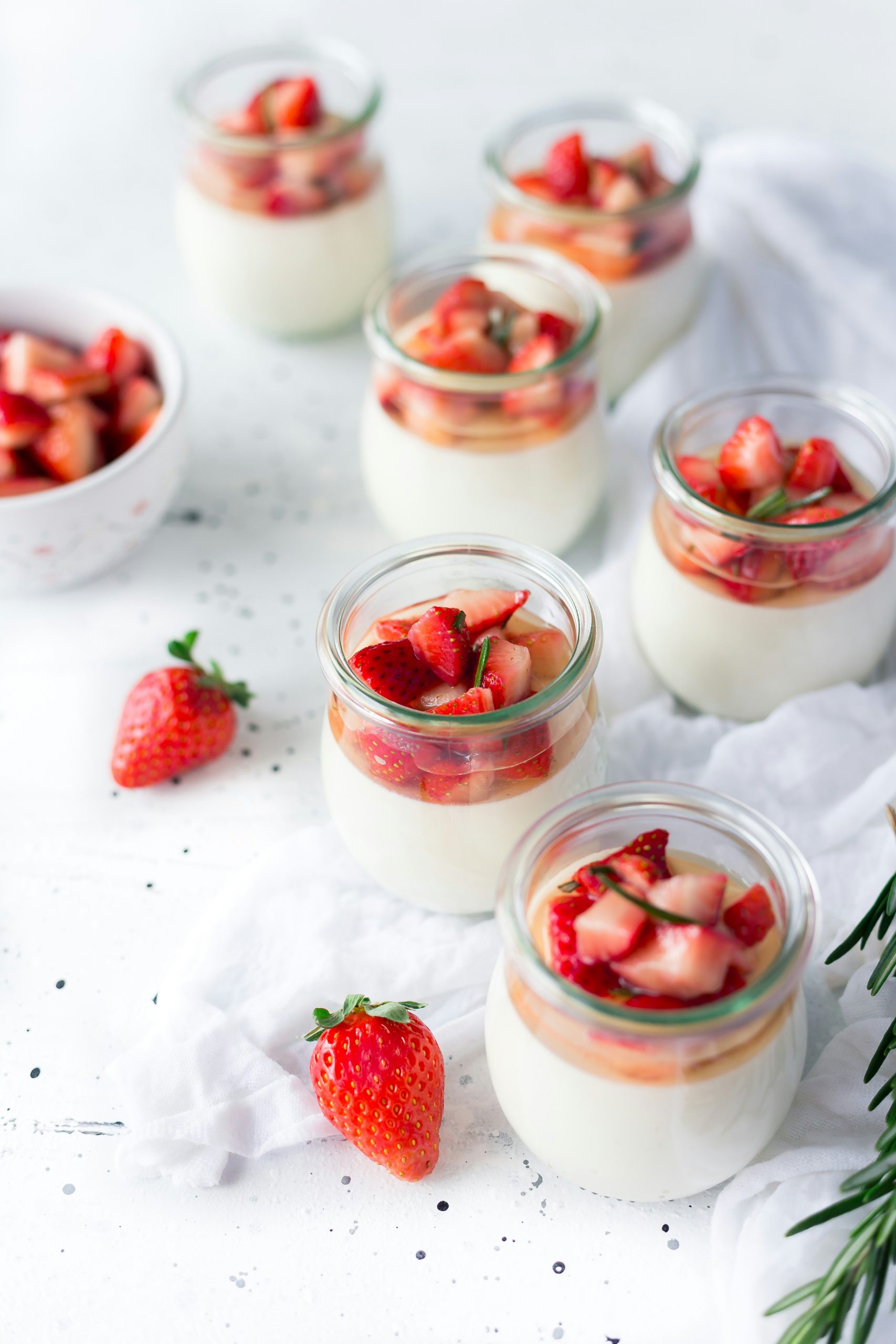
Stainless Steel Pressure Cooker Cooking Times Chart
Importance of a cooking times chart
A cooking times chart is an invaluable resource when using a stainless steel pressure cooker. It provides you with a comprehensive guide on the recommended cooking times for different types of food. The chart takes into account various factors such as the type of ingredient, the size and thickness, and even the cooking method (stovetop or electric). By referring to the cooking times chart, you can ensure that your meals are cooked to perfection every time, eliminating the guesswork and potential for undercooking or overcooking.
How to use a cooking times chart
Using a cooking times chart is straightforward. Simply locate the ingredient you’re cooking and find the corresponding cooking time. It’s essential to consider the specific factors that may affect the cooking time, such as the size and thickness of your ingredients. For example, if you’re cooking potatoes, the chart may provide a range of cooking times, depending on whether you’re cooking whole potatoes or diced potatoes. Adjust the cooking time accordingly to achieve the desired level of tenderness.
Common cooking times for popular ingredients
Here are some common cooking times for popular ingredients to give you an idea of how the cooking times chart can be useful:
- Chicken breasts: 8-10 minutes
- Beef stew: 20-25 minutes
- Rice: 3-5 minutes
- Carrots: 3-4 minutes
- Beans: 20-25 minutes
- Fish fillets: 3-4 minutes
By referring to the cooking times chart, you can confidently cook a wide variety of ingredients, knowing exactly how long each one should take, regardless of their size or type.
Tips for Cooking with a Stainless Steel Pressure Cooker
Preparation tips
Proper preparation is key to successful cooking with a stainless steel pressure cooker. Here are some tips to help you get started:
- Cut ingredients into similar sizes: To ensure even cooking, cut your ingredients into similar sizes. This helps to guarantee that they will all cook at the same rate, resulting in a perfectly cooked dish.
- Use enough liquid: It’s important to ensure that you have enough liquid in the pressure cooker to generate the necessary steam for cooking. Follow the recipe’s instructions or consult the cooking times chart to determine the appropriate amount of liquid needed.
- Deglaze the pot: Before adding your main ingredients, deglaze the pot by adding a small amount of liquid and scraping the bottom with a spatula to release any flavorful browned bits. This helps to build depth of flavor in your dish.
Building flavors in a pressure cooker
A stainless steel pressure cooker provides an excellent opportunity to build layers of flavors in your dishes. Here’s how you can enhance the taste of your meals:
- Sear ingredients: Before pressure cooking, consider searing meats or sautéing aromatics to develop a rich and savory flavor profile. This extra step can elevate the overall taste of your dish.
- Use aromatic herbs and spices: Adding aromatic herbs and spices during the cooking process can infuse your meals with irresistible flavors. From bay leaves to cumin seeds, experiment with different combinations to create unique and delicious dishes.
- Add finishing touches: After pressure cooking, you can further enhance the flavors by adding a splash of citrus juice, fresh herbs, or a drizzle of high-quality olive oil. These finishing touches can take your meal from good to gourmet.
Using less liquid for cooking
One of the advantages of using a stainless steel pressure cooker is that it requires less liquid compared to traditional cooking methods. The tightly sealed environment prevents steam from escaping, resulting in less evaporation and retention of flavors. When using a pressure cooker, 1 cup of liquid is generally enough for most recipes. However, it’s important to consult the cooking times chart or recipe instructions for specific guidance on the appropriate amount of liquid needed for different types of food.
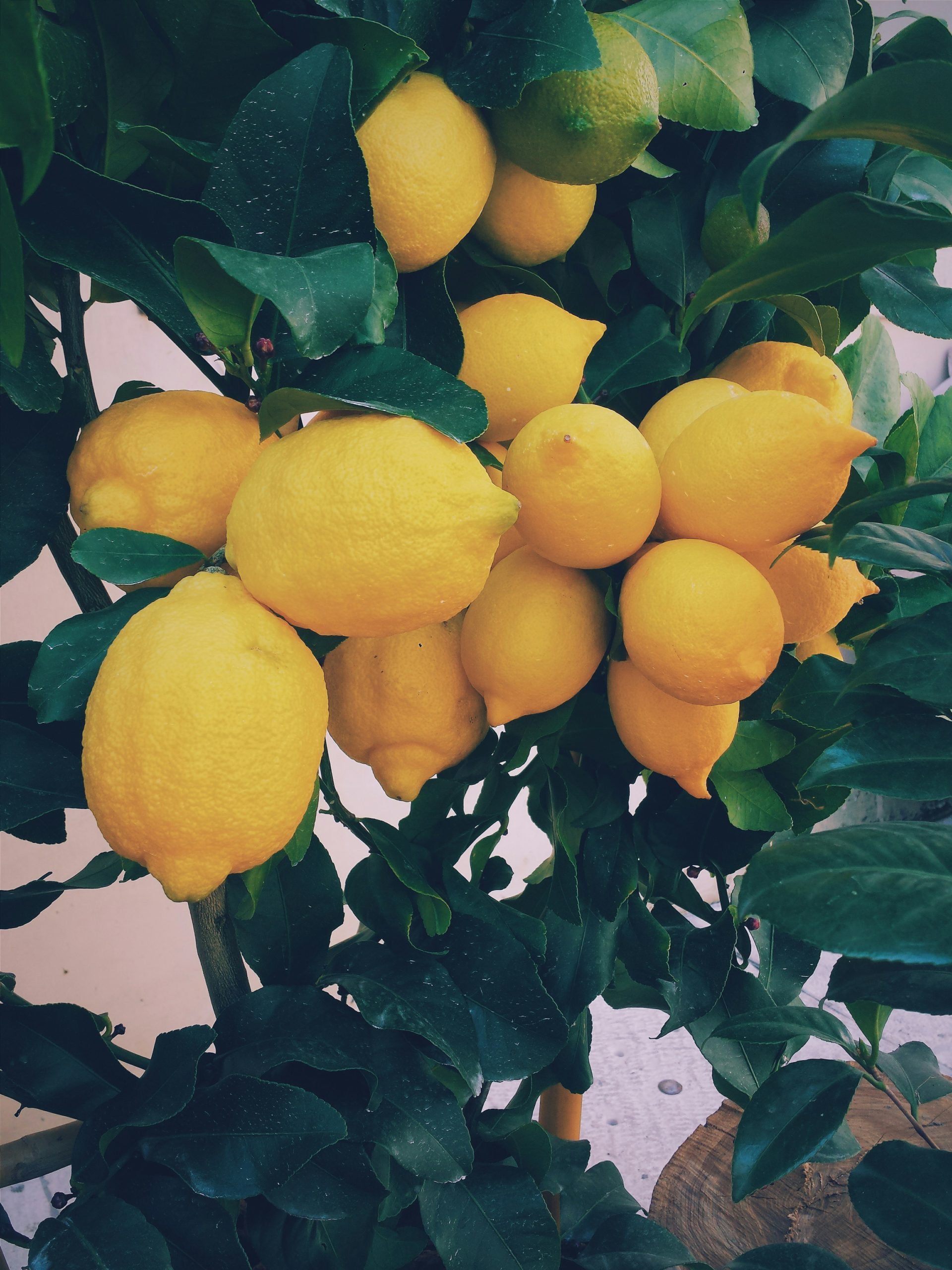
Troubleshooting Cooking Times
Food not cooked through
If you find that your food is not cooked through even after following the recommended cooking times, there are a few possible reasons and solutions:
- Insufficient cooking time: It’s possible that the cooking time provided was not sufficient for your specific ingredient or preparation method. In this case, you can simply continue cooking for a few more minutes until the desired tenderness is achieved.
- Incorrect pressure release method: Some ingredients, such as delicate seafood or certain vegetables, require a quick pressure release to prevent overcooking. Ensure that you’re using the appropriate pressure release method for your specific dish.
- Improper sealing: Check that the pressure cooker is properly sealed before starting the cooking process. A loose seal can lead to a loss of pressure and uneven cooking.
Overcooked food
Overcooking can occur if the recommended cooking times are exceeded or if the pressure release is not done in a timely manner. Here’s what you can do to prevent overcooked food:
- Follow the cooking times chart: Always refer to the cooking times chart for accurate guidance on how long to cook your ingredients. It’s better to err on the side of undercooking and add more time if needed.
- Quick pressure release: For delicate ingredients that can easily overcook, opt for a quick pressure release method to stop the cooking process immediately.
- Monitor the cooking process: Keep a close eye on the cooking progress to ensure that you don’t exceed the recommended cooking times. It may be helpful to set timers or alarms to remind yourself when to release the pressure or check for doneness.
Uneven cooking
Uneven cooking can occur when ingredients of different sizes or thicknesses are cooked together. To achieve consistent cooking results, consider the following tips:
- Cut ingredients uniformly: Cut your ingredients into similar sizes to ensure even cooking. This applies to both meats and vegetables.
- Layer ingredients properly: When cooking multiple ingredients together, layer them in the pressure cooker according to their cooking time requirements. For example, place potatoes at the bottom and meat on top to ensure both are perfectly cooked.
- Stir or toss ingredients: If you notice that certain ingredients are cooking faster than others, give your pressure cooker a gentle stir or toss to distribute the heat evenly.
Cleaning and Maintenance
Proper cleaning methods
Proper cleaning is essential to maintain the performance and longevity of your stainless steel pressure cooker. Follow these cleaning tips:
- Allow the pressure cooker to cool: Always allow the pressure cooker to cool down before cleaning. This will prevent any potential accidents or burns.
- Remove all parts: Disassemble the pressure cooker, removing the sealing ring, pressure release valve, and any other removable parts.
- Hand wash or dishwasher: Most stainless steel pressure cooker parts are dishwasher safe. However, it’s recommended to hand wash with warm, soapy water to maintain the integrity of the materials.
- Clean the sealing ring: Thoroughly clean the sealing ring, ensuring there are no food particles or residue. This will help maintain a proper seal when pressure cooking.
Common maintenance tips
To keep your stainless steel pressure cooker in optimal condition, consider the following maintenance tips:
- Check the sealing ring regularly: Inspect the sealing ring for any signs of wear or damage. If necessary, replace the sealing ring to ensure a proper seal during cooking.
- Lubricate moving parts: Apply a small amount of food-grade oil or silicone lubricant to any moving parts, such as the pressure release valve, to keep them functioning smoothly.
- Store the pressure cooker properly: When not in use, store the pressure cooker with the lid placed upside down on the pot. This helps to maintain the shape of the sealing ring and prevent any unwanted odors.
Safety Considerations
Pressure release methods
Proper pressure release is crucial to safely open a stainless steel pressure cooker. There are two common pressure release methods:
- Natural pressure release: This method involves allowing the pressure cooker to naturally release the pressure on its own after the cooking time has ended. It may take some time for the pressure to completely release, but it is a safe and effective method.
- Quick pressure release: Quick pressure release involves manually releasing the pressure by turning the pressure release valve. It is typically used for ingredients that require a shorter cooking time or delicate foods that can overcook quickly.
Follow the manufacturer’s instructions and the recipe’s recommendations for the appropriate pressure release method for your specific dish.
Operating the pressure cooker safely
When using a stainless steel pressure cooker, safety should always be a top priority. Here are some safety considerations to keep in mind:
- Read the instruction manual: Familiarize yourself with the instruction manual provided by the manufacturer. This will help you understand the specific features and functions of your pressure cooker and how to operate it safely.
- Follow recommended maximum fill levels: Do not overfill the pressure cooker beyond the recommended maximum fill levels. Overfilling can lead to clogging of the pressure release valve or loss of pressure, compromising the cooking process.
- Always use the proper pressure release method: Follow the recommended pressure release method for your specific dish. Use caution when manually releasing the pressure and avoid placing your hands or face directly over the valve to prevent steam burns.
- Keep the pressure cooker away from children: Ensure that the pressure cooker is safely stored and out of reach of children. The high temperature and pressure inside the cooker can cause serious injuries if not handled properly.
Final Thoughts
Using a stainless steel pressure cooker opens up a world of possibilities in your kitchen. From faster cooking times and nutrient retention to energy efficiency and versatility, this cooking appliance offers numerous benefits. By understanding how a pressure cooker works and the factors that affect cooking times, you can make the most of your stainless steel pressure cooker. With the help of a cooking times chart and the tips provided, you’ll be well on your way to creating delicious and nutritious meals with ease. So, get ready to experiment with recipes, explore new flavors, and enjoy the many benefits that a stainless steel pressure cooker has to offer. Happy cooking!
